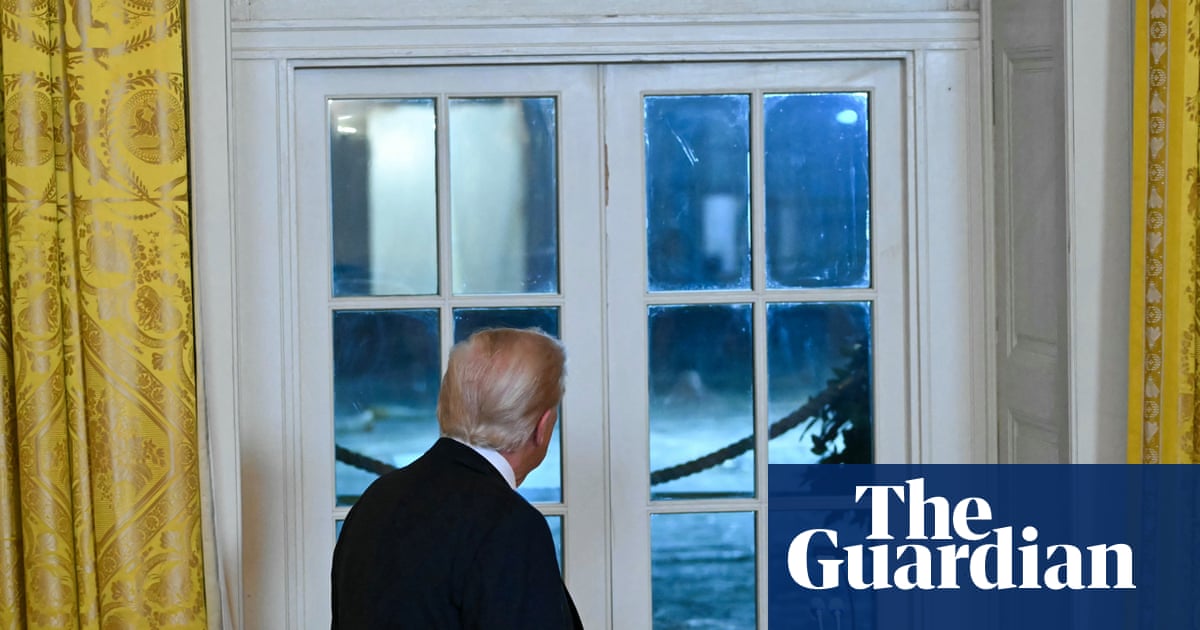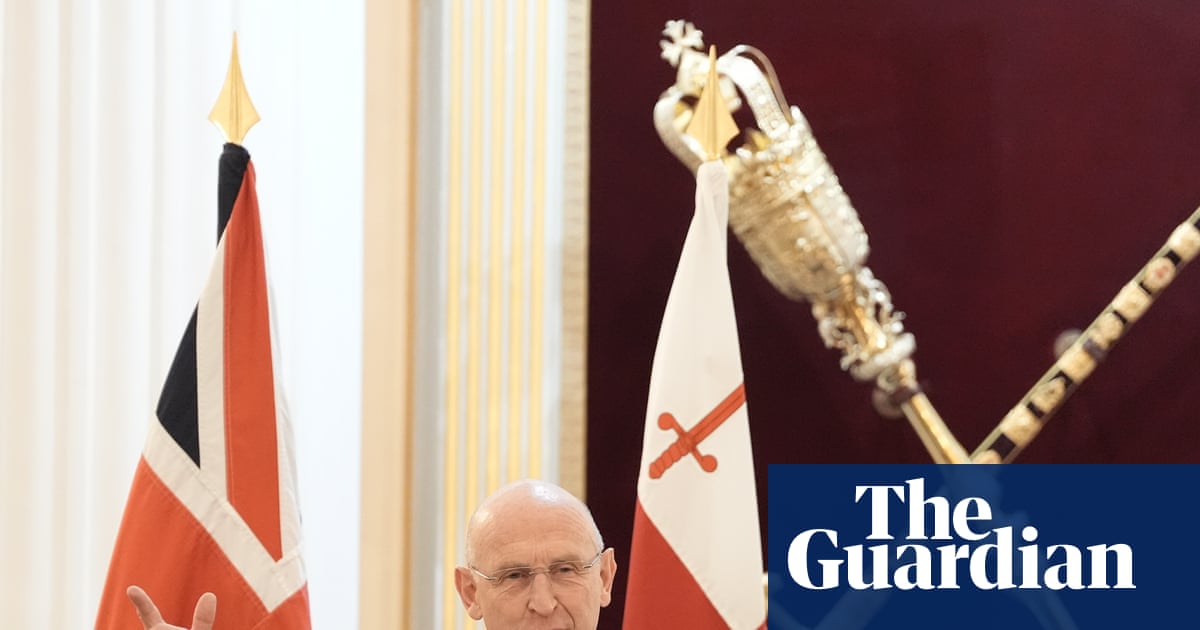“I know my job is to get bills down by £300,” said Ed Miliband, the energy security secretary, in his BBC interview at the weekend, acknowledging that the government is on the hook for its pre-election promise to reduce energy bills by 2030.
The problem, though, is that the bill-cutting task also seems to be falling by default to Rachel Reeves, the chancellor. It is beginning to look as if the only sure way to make energy bills fall by £300 by 2030 is to shuffle a chunk of the expense into general taxation. Miliband hinted the 5% VAT charge on bills could be removed in next month’s budget, which would cost the government £2.5bn.
To put it mildly, Reeves is unlikely to be delighted by this prospect but she, like everyone else, will have heard the high-powered crew of retail energy bosses set out the arithmetic on bills in stark terms to a Commons select committee last week.
Many of us have been pointing out for ages that clean energy is not a free lunch (certainly not by 2030), but the experts’ numbers were revealing in their precision. “If we continue on the path we are on, in all likelihood electricity prices are going to be 20% higher even if wholesale prices halve,” said Rachel Fletcher of Octopus Energy. “Non-commodity costs are adding about £300 [a year] of pressure,” she added, referring to everything from the costs of maintaining and upgrading the gas and electricity transmission networks to funding the rollout of renewable and nuclear generating capacity. Chris Norbury, the chief executive of E.On UK, and Simone Rossi, the chief executive of EDF UK’s energy business, said much the same.
Far from being “speculation” – as Miliband’s department dismissed it – the bosses’ analysis flows from granular details. One can see, for example, the subsidies for wind and solar capacity under construction or likely to be commissioned; the multi-year charge for the Sizewell C nuclear power station; and the rates of return that the regulator Ofgem will allow the three big electricity transmission companies to earn as they build the £80bn new grid.
Note that the criticisms are not coming from opponents of the ambition of switching to cleaner energy, or from net zero sceptics. All that is really being asked is an examination of tradeoffs, sequencing, who should pay and what options exist for doing things more cheaply. “There is no budgetary control of this,” said Fletcher. Rossi noted that electricity demand is 9% lower today than in 2019. Norbury said policymakers should look at the extent to which “incentives being offered to build infrastructure are necessary”.
Miliband can argue, as he did in a speech last week, that his job is harder because of “the legacy of decades of underinvestment in energy in this country”. Absolutely true. The grid is old, as are most of the nuclear and gas-fired plants. Even if the UK were not decarbonising and electrifying, there would be a large catchup bill. New gas stations, the Tories’ preferred short-term option, aren’t free either.
Equally, though, Miliband’s claim that the “sprint” to clean energy by 2030 will – of itself – cut £300 from household bills now seems fanciful. Sir Dieter Helm, a leading energy economist, put it bluntly in a recent Bloomberg podcast: “We have hit the reality wall. It isn’t going to be £300 cheaper – unless the gas price falls very sharply … The problem for the government, I think, is that half the government understands that and half the government doesn’t.”
What should be done? Step one would be to recognise that the 2030 deadline for clean power, defined as 95% low-carbon generation, was always arbitrary and that trying to hit it almost certainly adds expense because speed is being prioritised over cost. Would the UK’s long-term decarbonisation and electrification strategy really be imperilled if, say, only 80% was achieved by 2032? Hardly.
Once that mental hurdle is cleared, options open up. One of the energy suppliers’ complaints, in essence, is that grid capacity is being commissioned to arrive before it is needed (and customers will have to pay for it) and that smarter energy-using solutions may be more effective. They may have a point. So concentrate above all else on minimising “constraint” costs, the maddening payments to windfarms (usually in Scotland) to turn off when it’s too windy, plus incentives to other generators (usually gas-fired plants in the south of England) to fire up on the other side of a bottleneck. Such payments are still projected to hit £4bn by the end of decade, and threaten to become an electoral liability in 2029.
after newsletter promotion
Or slow the rollout the renewables, especially offshore wind, where the big cost variable is developers’ borrowing costs. If there is a reasonable expectation that interest rates will be lower in future (not impossible), why not wait for cheaper “strike” prices in future auction rounds? As things stand today, the government has said it will pay up to £113 a megawatt hour for offshore wind capacity in this year’s auction, AR7, far above the gas-dictated wholesale price of £83 MWh over the past 12 months.
“We won’t buy at any price and if specific technologies aren’t competitive, we will look elsewhere,” Miliband also said last week about AR7. If he means it, he could show seriousness by ordering, say, only 4 gigawatts of offshore wind this year, rather than 8-plus the industry is expecting.
In Reeves’s shoes, you’d be insisting on such cost-cutting thinking. Last week’s warning from suppliers on bills ought to mark a turning point: the clean energy plan needs an injection of cold-headed pragmatism.

 5 hours ago
8
5 hours ago
8

















































